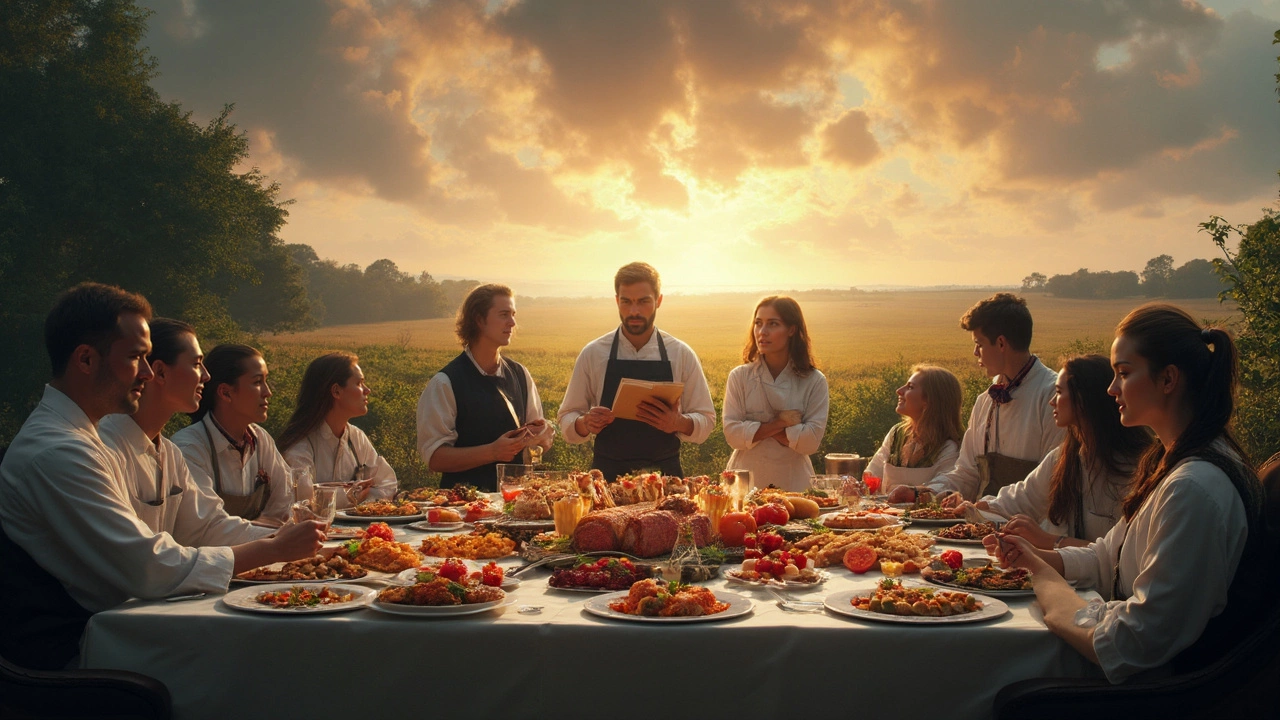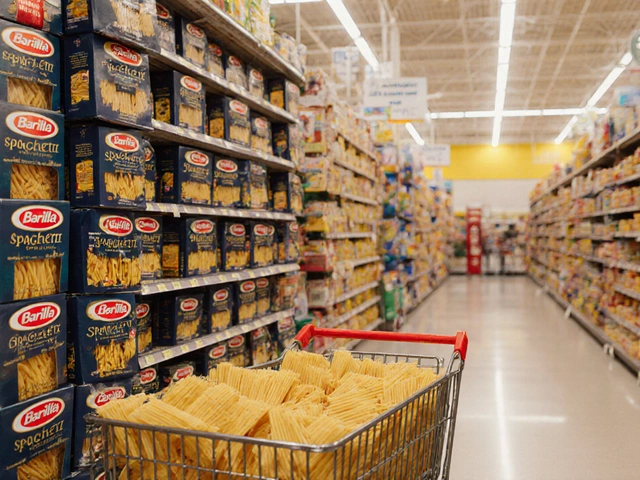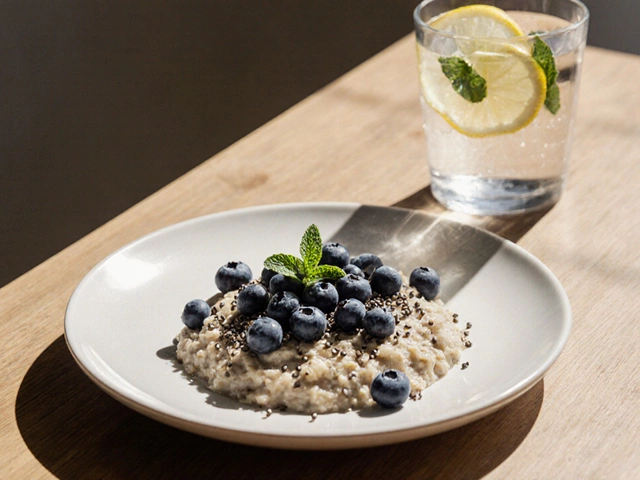Food History – Discover How Past Flavors Shape Today’s Meals
Ever wonder why some dishes feel familiar even if you’ve never tried them before? That feeling comes from food history. Every spice, cooking method, and staple has a story that travels across centuries and continents. Understanding those stories helps you appreciate meals more and even improve your own cooking.
Why Food History Matters
Food history isn’t just for museums. It explains why we love certain flavors and avoid others. For example, the love for spicy chili in many countries links back to trade routes that brought pepper from the New World to Asia. Knowing this can make you curious about other flavors in your pantry and why they work together.
Everyday Ways to Explore Food History
Start with a simple dish you already cook. Look up its origins – a curry, a stew, a flatbread – and see which region first made it. Try adding an ingredient that was originally used centuries ago. If you’re making a tomato sauce, add a pinch of dried anchovies, a trick Italians used in the 1800s to deepen flavor.
Another easy step is to read the back label of a spice jar. Many brands mention the spice’s region, like “Sichuan pepper from China.” That tiny note is a doorway to a whole trade story. A quick web search can turn a boring pantry item into a conversation starter.
Think about the big food movements that changed daily meals. The Columbian Exchange introduced tomatoes, potatoes, and corn to Europe and Asia, reshaping diets worldwide. The British Empire spread tea and curry, while the Silk Road carried cinnamon and nutmeg across continents. These exchanges still dictate what you find in grocery aisles today.
Want a hands‑on experience? Pick a historic recipe and cook it as written. Choose a medieval English pottage, a 19th‑century Indian biryani, or a 1930s American meatloaf. Follow the original steps even if they seem odd – like soaking beans overnight or using a wok over an open flame. The process teaches you about old kitchen tools and cooking speeds.
When you finish, compare the taste to modern versions. Notice what’s missing or what’s extra. That comparison shows how taste buds evolve and how new ingredients replace old ones. It also helps you experiment – maybe you’ll keep a historic spice blend in your regular cooking.
Finally, share what you learn. Talk to friends, post a short note on social media, or write a quick kitchen journal. Teaching others reinforces your own memory and spreads the love for food history. The more people know where their food comes from, the richer the food culture becomes.
Food history is a treasure chest you can open right in your kitchen. By asking simple questions – where did this spice come from? Who first cooked this dish? – you turn everyday meals into exciting discoveries. So grab a pan, pick a story, and start tasting the past today.

The Ultimate Food King: Unveiling the Best Food in the World
by Landon Weathers / 27 Jun 2025What counts as the 'king of all foods'? Dive deep into science, flavor, and tradition to discover which food truly wears the crown—and where myths just don't hold up.


